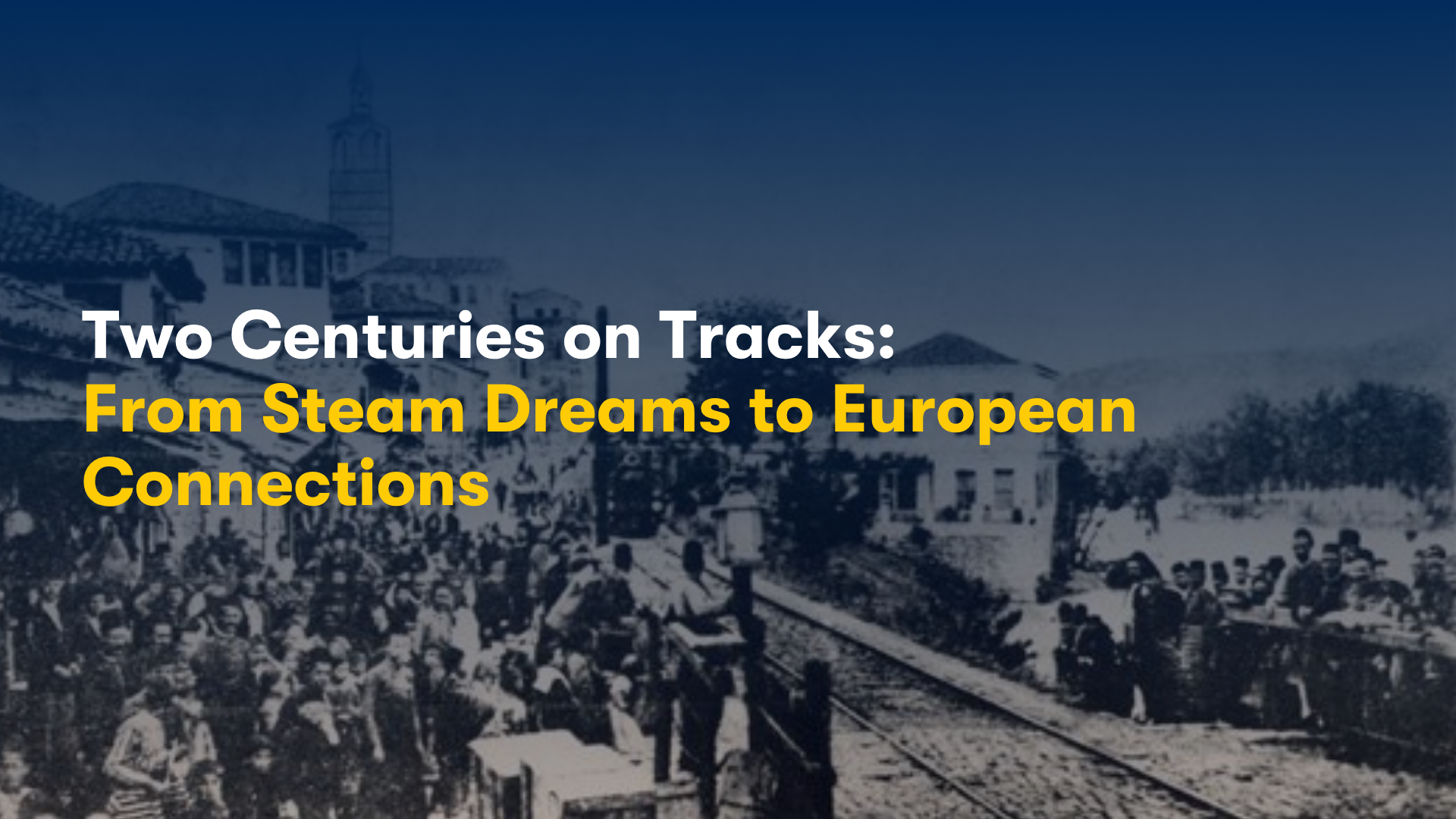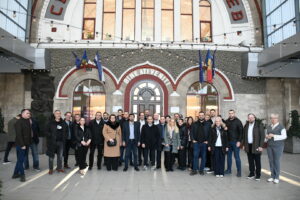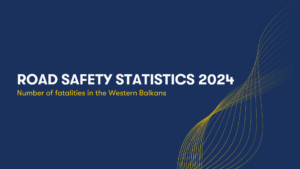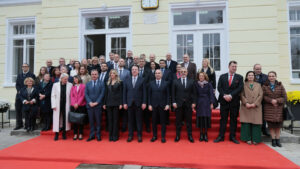On 27 September 1825, the world changed: Locomotion No. 1 pulled the first passenger train between Stockton and Darlington. What began as an experiment in northern England quickly became a global transformation. Railways connected cities, opened markets, and brought people and goods closer together than ever before.
The Western Balkans joined this story later, but with equal ambition. In Serbia, the first tracks were laid in the 1850s (Oravica–Jasenovo–Bela Crkva–Bazijaš), and by 1884, the Belgrade–Niš line marked the beginning of a national network. In Bosnia and Herzegovina, trains began running in 1872 (Banja Luka–Dobrljin) as part of the Ottoman–Austro-Hungarian effort to connect Istanbul with Vienna. In 1873, the line from Thessaloniki reached Skopje, linking North Macedonia to Europe’s rail grid, and a year later the line extended to Mitrovica in Kosovo*. Montenegro’s early railway, built in 1901 (Gabela–Zelenika), reached its peak in 1976 with the Belgrade–Bar line, an impressive feat of engineering that crossed some of Europe’s most challenging terrain. Albania joined later, launching its first standard-gauge railway in 1947 (Durrës–Peqin), built in the aftermath of the Second World War.
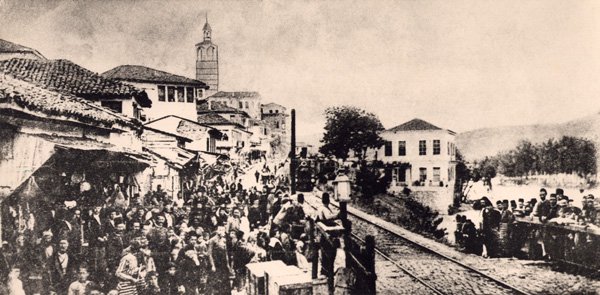
The 1960s and 1970s were a golden age, marked by electrification, modernisation, and ambitious projects. The Belgrade–Bar line remains a lasting symbol of what the region can achieve when vision meets determination. However, decades of underinvestment, conflict, and political fragmentation left much of the Western Balkans’ network behind the times.
That is now changing. Two hundred years after the first train carried passengers in England, the Western Balkans is preparing its own railway renaissance. €15.27 billion of investment is planned under various rail projects to firmly link the region to the EU’s Trans-European Transport Network (TEN-T) corridors. From the modernisation of the Belgrade–Niš–Dimitrovgrad corridor in Serbia, to Corridor VIII between Albania and North Macedonia, to upgrades in Montenegro, Kosovo, and Bosnia and Herzegovina, the region is reconnecting itself to Europe — and to its own potential.
These are not just railways. They serve as lifelines for trade, offer climate-friendly alternatives to road traffic, and are the strongest symbols of regional integration. By 2030, the Western Balkans’ core rail corridors are expected to meet EU standards. By 2050, the entire network will be aligned.
As the world marks 200 years of railway history, our region is not standing on the sidelines. We are building forward. The Western Balkans’ railway story is once again one of ambition, connection, and progress. This time, it is firmly tied to Europe’s future.
****
This op-ed was written by Matej Zakonjšek, Director of the Permanent Secretariat of the Transport Community.
****
________________
* This designation is without prejudice to positions on status, and is in line with UNSCR 1244/1999 and the ICJ Opinion on the Kosovo declaration of independence.

